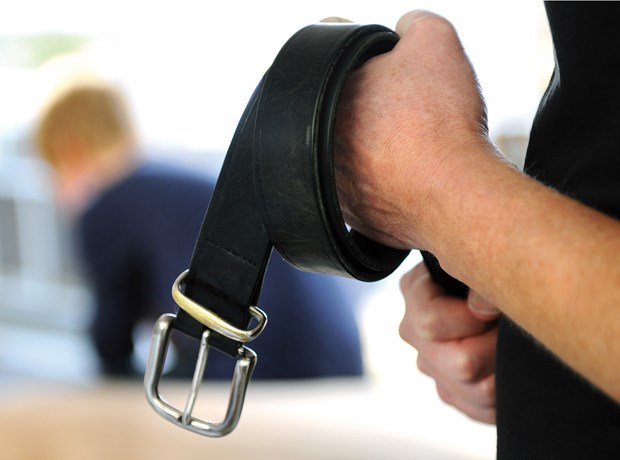If I were to say that I wanted to see zero tolerance of violence toward children in Canada in 2014, I bet you would agree with me.
If I were to say that children should be protected against all assault in the same way as adults, I bet you would agree with me.
As a matter of fact, you might wonder what I am talking about. We do not permit violence toward children. The Criminal Code of Canada protects them against assault.
And, if you believe that, you would unfortunately be wrong.
The problem is that when we legally assault children, we call it spanking and it sounds so benign. But, think about it, if you raise your hand to your spouse and deliberately smack her across her bottom it is assault. But when we do the same to children we call it punishment. And somehow, by changing the language it sounds totally acceptable.
The law in Canada is not child-friendly. Section 43 of the Criminal Code of Canada states: Every schoolteacher, parent or person standing in the place of a parent is justified in using force by way of correction toward a pupil or child, as the case may be, who is under his care, if the force does not exceed what is reasonable under the circumstances.
So Section 43 of the Criminal Code of Canada provides a defense to assault that justifies violence against children by teachers and parents in the name of correction. It became part of our Criminal Code in 1892 and has allowed severe spanking, slapping and striking with belts and other objects.
On Feb. 14, 1973, B.C.'s education minister Eileen Dailly banned the strap in schools. But that only became a national reality on Jan. 30, 2004 when the Supreme Court ruled that corporal punishment was an unreasonable application of force in the maintenance of classroom discipline.
Notably, in the so-called "spanking case," on Jan. 30, 2004, the Supreme Court of Canada upheld the right of Canadian parents to hit their own children. They did however make some changes. Parents can hit them with a hand only, and only if the child is between the ages of two and 12.
With this ruling, the strap and other instruments used for disciplinary purposes formally disappeared from Canadian schools, though certainly not from Canadian families. But, hitting a child with a spatula, hairbrush or belt is now not permitted.
Give me a break! How can we call ourselves a civilized and peaceful society when we sanction a law, which protects adults from being charged for assaulting children, and which creates rules about how hard and at what age we can hit our kids I believe Section 43 is contrary to the Canadian Charter of Rights and Freedoms and the United Nations Convention on the Rights of the Child. I believe it has no place in a democratic society that values children, and should be repealed.
But why? For me, it's simple. I just can't fathom why, in a civilized society, we would believe that we need to cause children physical harm in order to help them learn right from wrong.
Kids tend to do a great deal of their learning by watching and imitating the adults around them. So if we hit them, they will learn that if they are frustrated or angry, they can hit other and smaller children.
Research shows that every time we hit a child we increase the risk of causing serious harm. Hitting our children can impair the child/parent relationship. That just makes sense. When we cause another person pain, they tend to shy away. Children who are hit at home learn that force equals power and are more likely to become aggressive elsewhere. Being aggressive and using hitting is something they have learned at their parent's knee.
It also simply doesn't work. It does get the child's attention. If someone twice your size were to smack you, you would sit up and take notice.
It might even alter the child's behavior. But his motivation is not about behaving in ways that are expected and civil, his motivation is to avoid pain. So if the source of pain is not present, he will happily behave in whatever way he chooses. After all, if the parent is not there to hit him there is not reason to adjust his actions.
Let's protect our children from all physical punishment and put our energy into positive discipline methods that are respectful and effective.
Kathy Lynn is a professional speaker and author. For more, visit parentingtoday.ca.



